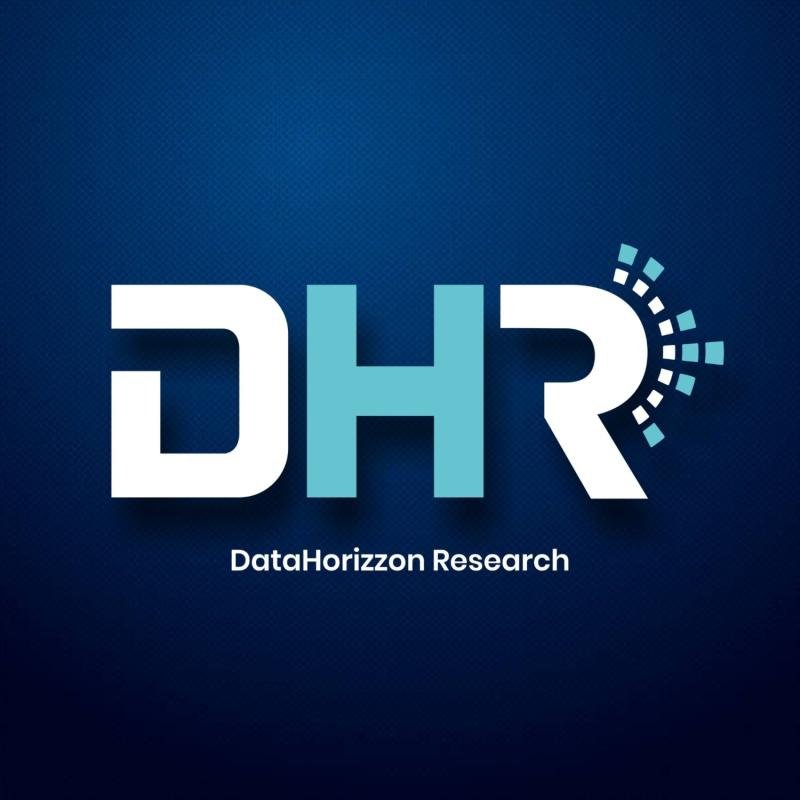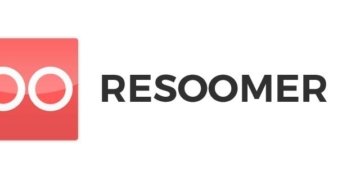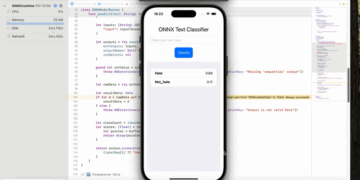In a world increasingly driven by smart devices and data-driven solutions, the cellular IoT module market stands out as a vital enabler of the Internet of Things (IoT) revolution. These modules provide the wireless communication backbone that connects countless devices-from industrial sensors and consumer wearables to smart city infrastructure-allowing seamless data exchange over cellular networks. As industries look to harness the power of real-time data and automation, cellular IoT modules are becoming indispensable in enabling innovative applications that drive efficiency, cost savings, and improved operational outcomes.
Get a free sample report: https://datahorizzonresearch.com/request-sample-pdf/cellular-iot-module-market-2438
In 2024, the global cellular IoT module market was valued at approximately USD 6.51 billion and is projected to reach around USD 21.2 billion by 2033, reflecting a CAGR of 13.4% from 2025 to 2033.
The cellular IoT module market is experiencing unprecedented growth, driven by the global surge in IoT deployments across diverse sectors. Unlike traditional connectivity solutions, cellular IoT modules leverage established mobile networks to deliver reliable and wide-reaching data communication. This connectivity is crucial for applications where remote monitoring, asset tracking, and real-time analytics are essential.
Historically, connectivity for IoT devices was dominated by short-range technologies such as Bluetooth and Wi-Fi. However, the limitations in range and power consumption have shifted the focus toward cellular networks, which offer extensive coverage and robust security features. This shift is particularly significant for industries such as logistics, healthcare, and smart cities, where the reliability and scalability of cellular networks provide a competitive edge.
Moreover, the evolution of cellular technologies-from 2G and 3G to the more advanced 4G LTE and emerging 5G networks-has expanded the capabilities of IoT modules. With faster data rates, reduced latency, and improved energy efficiency, these modules are now better equipped to support a wide array of applications. As global investments in network infrastructure continue to rise, the cellular IoT module market is poised to witness further growth, driven by both technological advancements and the expanding adoption of IoT solutions.
Market Drivers
The growth of the cellular IoT module market is underpinned by several key drivers:
1. Expanding IoT Ecosystem:
The proliferation of IoT applications across industries-from smart homes and healthcare to manufacturing and agriculture-has led to increased demand for reliable connectivity. Cellular IoT modules offer the ideal solution for connecting remote or dispersed devices, driving market expansion.
2. Advancements in Cellular Technology:
The rollout of 4G LTE and 5G networks has significantly enhanced the performance of cellular IoT modules. These networks provide faster speeds, lower latency, and improved reliability, making them attractive for high-demand applications such as autonomous vehicles and real-time monitoring systems.
3. Cost Efficiency and Scalability:
Cellular IoT modules are becoming more cost-effective due to economies of scale and continuous technological innovations. The ability to deploy large-scale IoT networks without the need for extensive new infrastructure makes cellular solutions appealing for both small and large enterprises.
4. Global Connectivity and Coverage:
Cellular networks offer extensive geographic coverage, ensuring that IoT devices remain connected even in remote or challenging environments. This global reach is critical for applications such as asset tracking in logistics, remote patient monitoring in healthcare, and environmental monitoring in agriculture.
5. Security and Reliability:
In an era of increasing cyber threats, the security features of cellular networks provide an added layer of protection for IoT devices. With robust encryption, secure data transmission, and regular network updates, cellular IoT modules help mitigate risks and ensure data integrity.
6. Regulatory Support and Standardization:
Government initiatives and international standards are fostering an environment conducive to the widespread adoption of cellular IoT technologies. Regulatory frameworks that support spectrum allocation and network interoperability further bolster market growth.
Ask for a discount: https://datahorizzonresearch.com/ask-for-discount/cellular-iot-module-market-2438
Market Analysis
A detailed analysis of the cellular IoT module market reveals a dynamic and rapidly evolving landscape. Several factors are shaping the market’s trajectory:
• Technological Integration:
The integration of advanced features such as edge computing, AI, and data analytics within cellular IoT modules is enhancing their functionality. These integrations allow for local data processing and faster decision-making, reducing reliance on cloud-based systems and lowering latency.
• Competitive Landscape:
The market is characterized by a mix of established telecom equipment manufacturers and innovative startups. Established companies leverage their extensive R&D capabilities and global distribution networks, while new entrants are focused on niche applications and disruptive technologies. This competitive environment is fostering rapid innovation and driving continuous improvement in module performance.
• Strategic Partnerships and Collaborations:
Collaborations between cellular IoT module providers, network operators, and technology companies are becoming increasingly common. Such partnerships accelerate product development, improve interoperability, and expand market reach by combining expertise across different sectors.
• Adoption Challenges:
Despite its growth potential, the market faces challenges such as network interoperability, device management complexity, and the need for seamless integration with legacy systems. Addressing these issues requires ongoing innovation, standardization efforts, and strategic investments in network infrastructure.
• Economic and Environmental Considerations:
The demand for energy-efficient solutions and sustainable technologies is influencing market trends. Cellular IoT modules that offer low power consumption and extended battery life are particularly attractive in applications where long-term, reliable operation is essential. As organizations focus on reducing their carbon footprint, eco-friendly and energy-efficient modules are likely to gain traction.
• Impact of 5G:
The ongoing rollout of 5G networks is set to be a major catalyst for market growth. With its promise of ultra-low latency and high-speed data transmission, 5G will unlock new possibilities for IoT applications that require real-time responsiveness, such as autonomous driving, remote surgery, and industrial automation. The integration of 5G technology into cellular IoT modules will further drive innovation and open up new market segments.
Market Segment
Cellular IoT Module Market, By Component
• Hardware
• Software
• Services
Cellular IoT Module Market, By Cellular Technology
• 3G
• 4G
• 5G
• LTE-M
• NB-IoT
• Others
Cellular IoT Module Market, By End-Use Industry
• Agriculture
• Healthcare
• Retail
• Energy
• Automotive & Transportation
• Infrastructure
• Others
Leading Companies in the Cellular IoT Module Market
• ABB Ltd HID Global Corporation
• Sierra Wireless
• Huawei Technologies Co, Ltd.
• Vodafone Group
• Sequans Communications S.A.
• ZTE Corporation
• Gemalto NV
• Telit Communications PLC
• ublox
• Ericsson AB
• Qualcomm Technologies Inc.,
• ARM Limited
• Mediatek Inc.
• Texas Instruments Incorporated
Market Region
The cellular IoT module market is global in scope, with adoption rates and market dynamics varying across different regions:
• North America:
North America remains a leading market, driven by advanced network infrastructure, high R&D investments, and a robust ecosystem of IoT deployments. The region is characterized by early adoption of 4G and 5G technologies, fostering rapid innovation and integration across multiple industries.
• Europe:
European markets are rapidly embracing cellular IoT solutions, underpinned by stringent regulatory standards, strong data protection laws, and a commitment to digital transformation. The region’s focus on smart cities, industrial automation, and healthcare innovations supports steady market growth.
• Asia-Pacific:
The Asia-Pacific region represents one of the fastest-growing markets, fueled by rapid economic development, increasing digitalization, and expansive network coverage. Countries like China, India, Japan, and South Korea are at the forefront of deploying cellular IoT modules, driving significant market expansion.
• Latin America:
Emerging economies in Latin America are gradually adopting cellular IoT solutions as they modernize their infrastructure and embrace digital transformation initiatives. Increased connectivity and government support for smart city projects are key factors contributing to market growth in the region.
• Middle East and Africa:
While still in the early stages of adoption, the Middle East and Africa offer promising opportunities. Investments in telecommunications infrastructure, coupled with initiatives to improve connectivity and drive economic diversification, are paving the way for future market expansion.
Conclusion
The cellular IoT module market is at the heart of the IoT revolution, providing the essential connectivity that drives innovation, efficiency, and digital transformation across industries. With advancements in cellular technology, increasing global demand for real-time data, and the emergence of 5G networks, these modules are poised to play a pivotal role in shaping a connected, data-driven future.
As organizations and governments invest in smart solutions to address complex challenges, the need for reliable, secure, and scalable connectivity has never been greater. The market’s robust growth is fueled by technological innovation, strategic partnerships, and a commitment to enhancing the quality of life through smarter, more connected environments.
For stakeholders, investors, and technology providers, the cellular IoT module market offers exciting opportunities to harness the power of connectivity and drive forward the next generation of IoT applications. Embracing these advancements is not only a competitive imperative-it is a pathway to building a more efficient, secure, and sustainable future.
Contact:
Ajay N
Phone: +1-970-672-0390
Latest Reports:
Electronic Grade Chlorine Trifluoride (CIF3) Market: https://datahorizzonresearch.com/electronic-grade-chlorine-trifluoride-clf3-market-14551
Electronic Grade Chemicals Market: https://datahorizzonresearch.com/electronic-grade-chemicals-market-14550
Electronic Grade CF4 Market: https://datahorizzonresearch.com/electronic-grade-cf4-market-14549
Electronic Grade Carbonyl Fluoride Market: https://datahorizzonresearch.com/electronic-grade-cf4-market-14549
Company Name: DataHorizzon Research
Address: North Mason Street, Fort Collins,
Colorado, United States.
Ph: +1-970-672-0390
DataHorizzon is a market research and advisory company that assists organizations across the globe in formulating growth strategies for changing business dynamics. Its offerings include consulting services across enterprises and business insights to make actionable decisions. DHR’s comprehensive research methodology for predicting long-term and sustainable trends in the market facilitates complex decisions for organizations.
This release was published on openPR.












